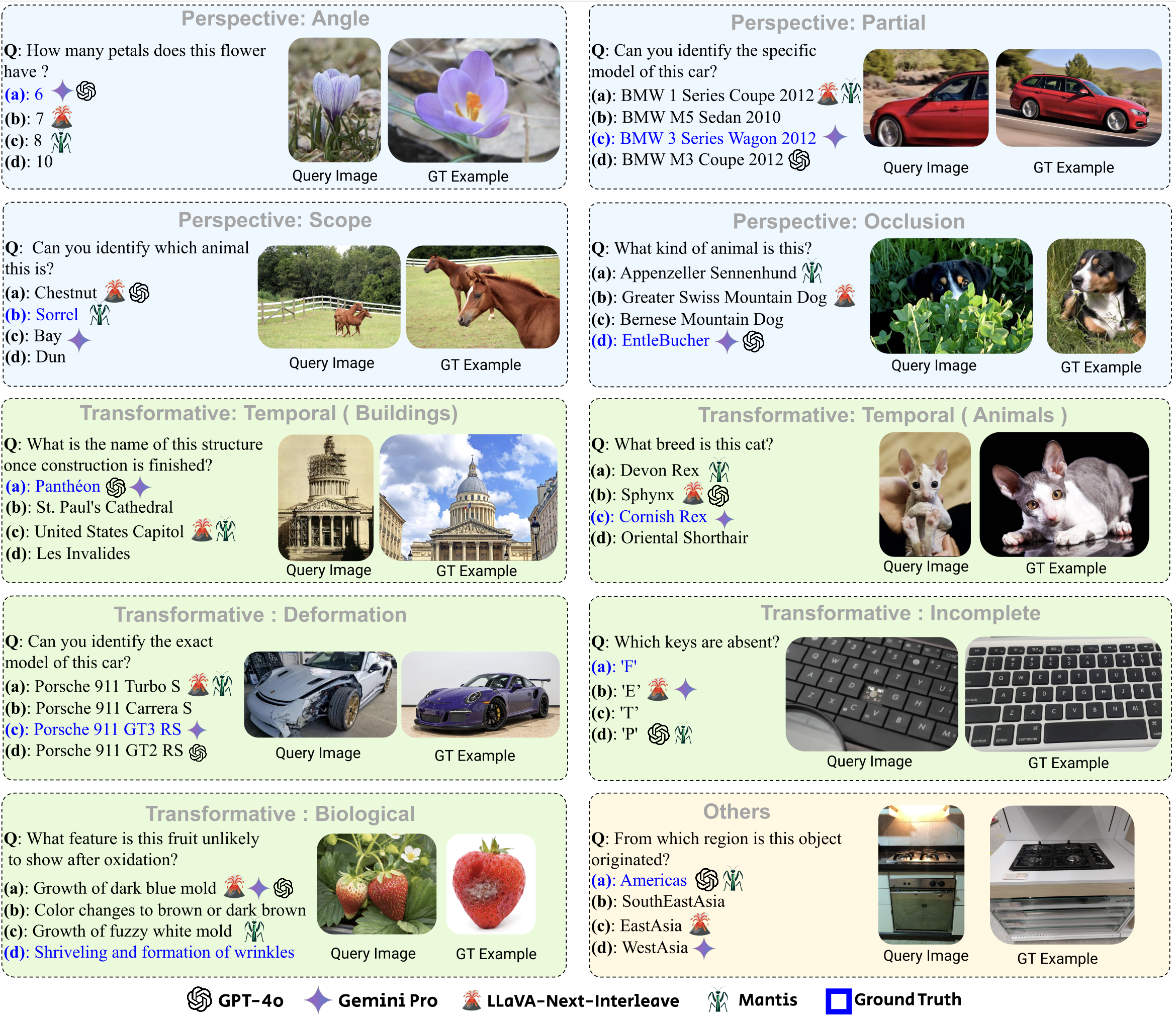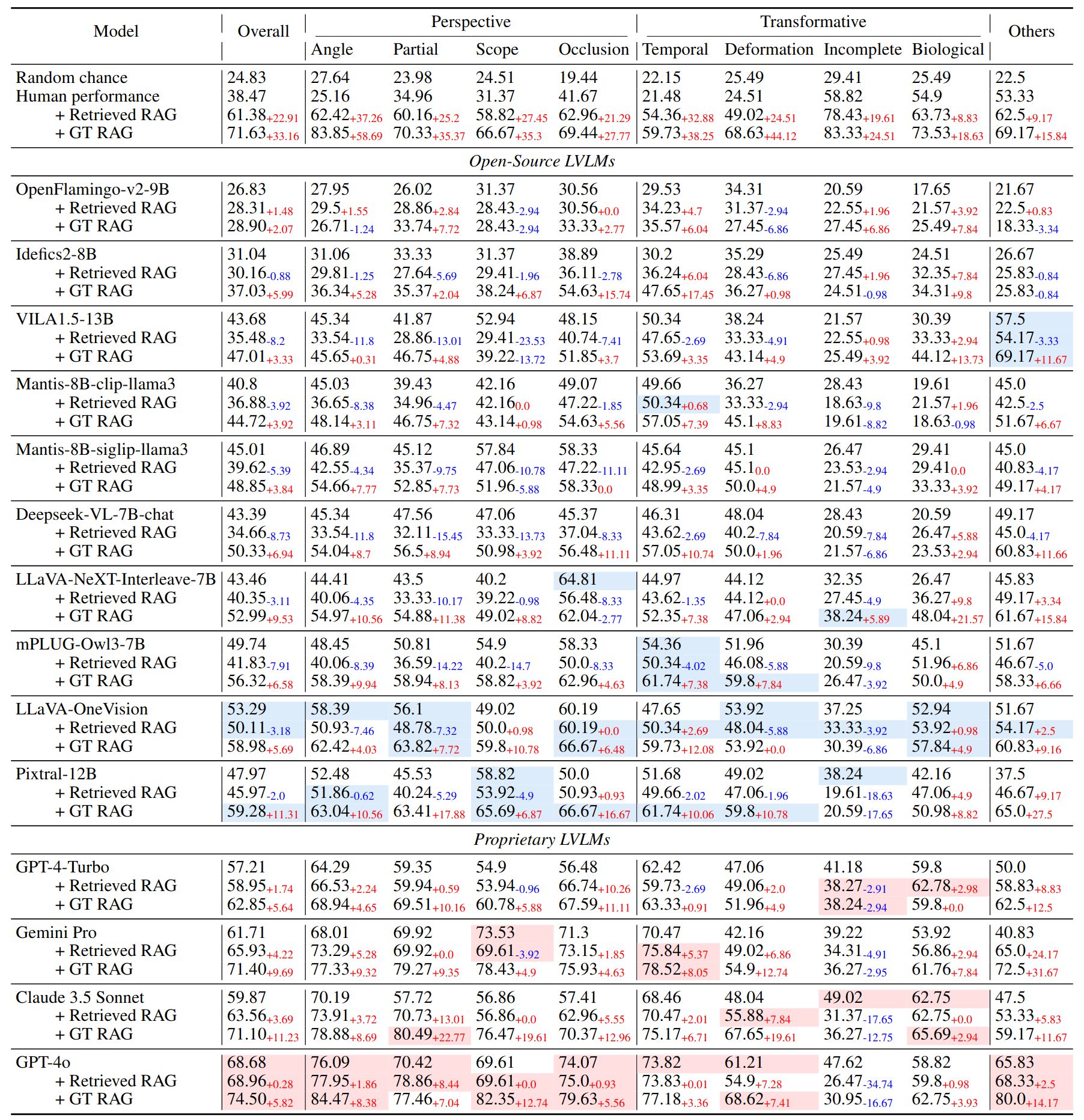

Existing multimodal retrieval benchmarks primarily focus on evaluating whether models can retrieve and utilize external textual knowledge for question answering. However, there are scenarios where retrieving visual information is either more beneficial or easier to access than textual data. In this paper, we introduce a multimodal retrieval-augmented generation benchmark, MRAG-Bench, in which we systematically identify and categorize scenarios where visually augmented knowledge is better than textual knowledge, for instance, more images from varying viewpoints. MRAG-Bench consists of 16,130 images and 1,353 human-annotated multiple-choice questions across 9 distinct scenarios. With MRAG-Bench, we conduct an evaluation of 10 open-source and 4 proprietary large vision-language models (LVLMs). Our results show that all LVLMs exhibit greater improvements when augmented with images compared to textual knowledge, confirming that MRAG-Bench is vision-centric. Additionally, we conduct extensive analysis with MRAG-Bench, which offers valuable insights into retrieval-augmented LVLMs. Notably, the top-performing model, GPT-4o, faces challenges in effectively leveraging retrieved knowledge, achieving only a 5.82% improvement with ground-truth information, in contrast to a 33.16% improvement observed in human participants. These findings highlight the importance of MRAG-Bench in encouraging the community to enhance LVLMs' ability to utilize retrieved visual knowledge more effectively.





@article{hu2024mragbench,
title={MRAG-Bench: Vision-Centric Evaluation for Retrieval-Augmented Multimodal Models},
author={Hu, Wenbo and Gu, Jia-Chen and Dou, Zi-Yi and Fayyaz, Mohsen and Lu, Pan and Chang, Kai-Wei and Peng, Nanyun},
journal={arXiv preprint arXiv:2410.08182},
year={2024}
}